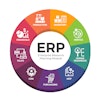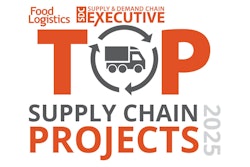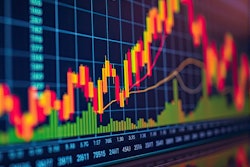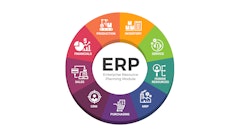
sandra AdobeStock_1175923130
New Supplyframe Commodity IQ intelligence highlights a fundamental shift – from certainty to chaos – for the global electronics supply chain in Q1.
“Welcome to 2025, when frequently changing tariff policies and the continuing transformations wrought by AI have made commodity planning extremely challenging and left supply chain management organizations scrambling to keep pace,” says Supplyframe CEO and founder Steve Flagg.
Key takeaways:
- Standard seasonal buying patterns have gone haywire as imposed tariffs, threats of tariffs, and retaliatory tariffs have spurred an unseasonal electronic component sourcing surge in Q1.
- Whereas excess inventories once dominated supply chain dynamics, new supply constraint concerns have arisen, with component demand increasing as buyers seek to avert existing and potential tariffs.
- The Commodity IQ Inventory Index for all electronic components dove 29 points between January and December 2024, falling to less than half of the 2020 index baseline, signaling contraction and leaving the electronics industry vulnerable to potential shortages.
- Following a higher-than-expected December U.S. inflation reading, the University of Michigan surveys showed consumer inflation expectations rose at the highest rate in nearly four years, while its Index of Consumer Sentiment fell by 2 points in January, and compared to January 2024, was down by over 7 points.
- Q1 typically represents the weakest quarter of the year for electronics demand, with activity slowing markedly compared to Q4. But that’s not how things played out earlier this year.
- Some experts believe applying these tariffs will propel domestic production of electronic goods. However, it would take years and billions of dollars in investment for the United States to scale manufacturing sufficiently to satisfy the demand for core products such as printed circuit boards (PCBs).
- Electronics suppliers, particularly purveyors of multi-sourced parts, have cut capacity to throttle supply and maintain pricing. The increase in sales is translating into new demand for suppliers.








![Pros To Know 2025 [color]](https://img.sdcexec.com/files/base/acbm/scn/image/2025/01/Pros_To_Know_2025__color_.67856cb23da64.png?auto=format%2Ccompress&fit=crop&h=167&q=70&w=250)







